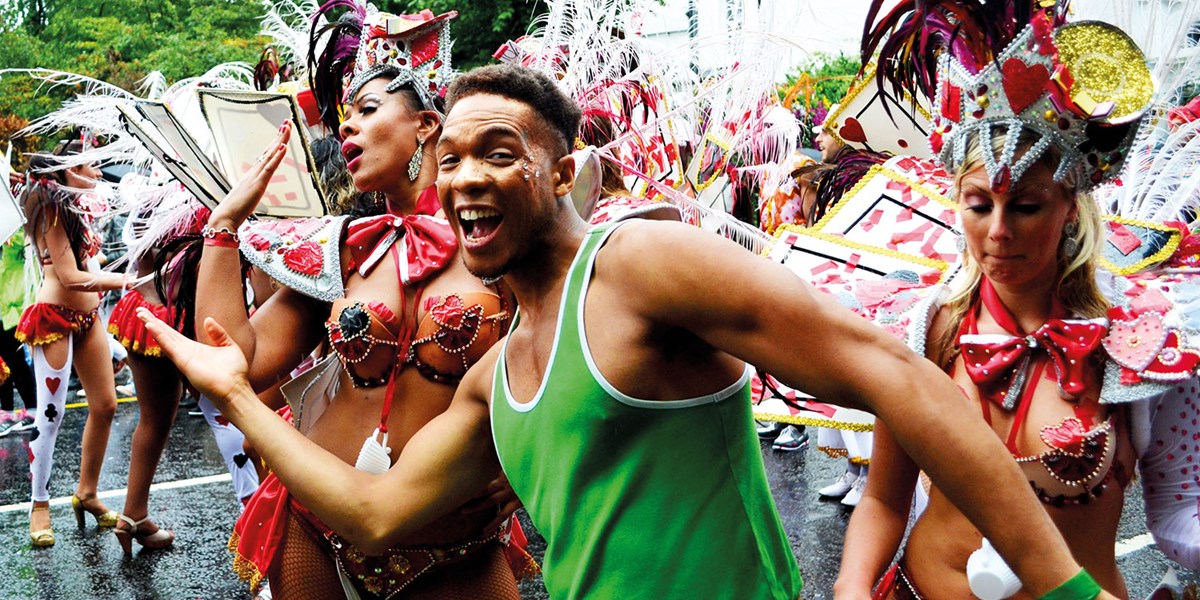Thursday, July 18, 2024
Notting Hill Carnival: a celebration of Europe's largest street festival
Local resident Christopher Conder explores the past and present of the largest street festival in Europe, Notting Hill Carnival


Register now to continue reading

Thanks for visiting the Songlines website, your guide to an extraordinary world of music and culture. Sign up for a free account now to enjoy:
- Free access to 2 subscriber-only articles and album reviews every month
- Unlimited access to our news and awards pages
- Our regular email newsletters

